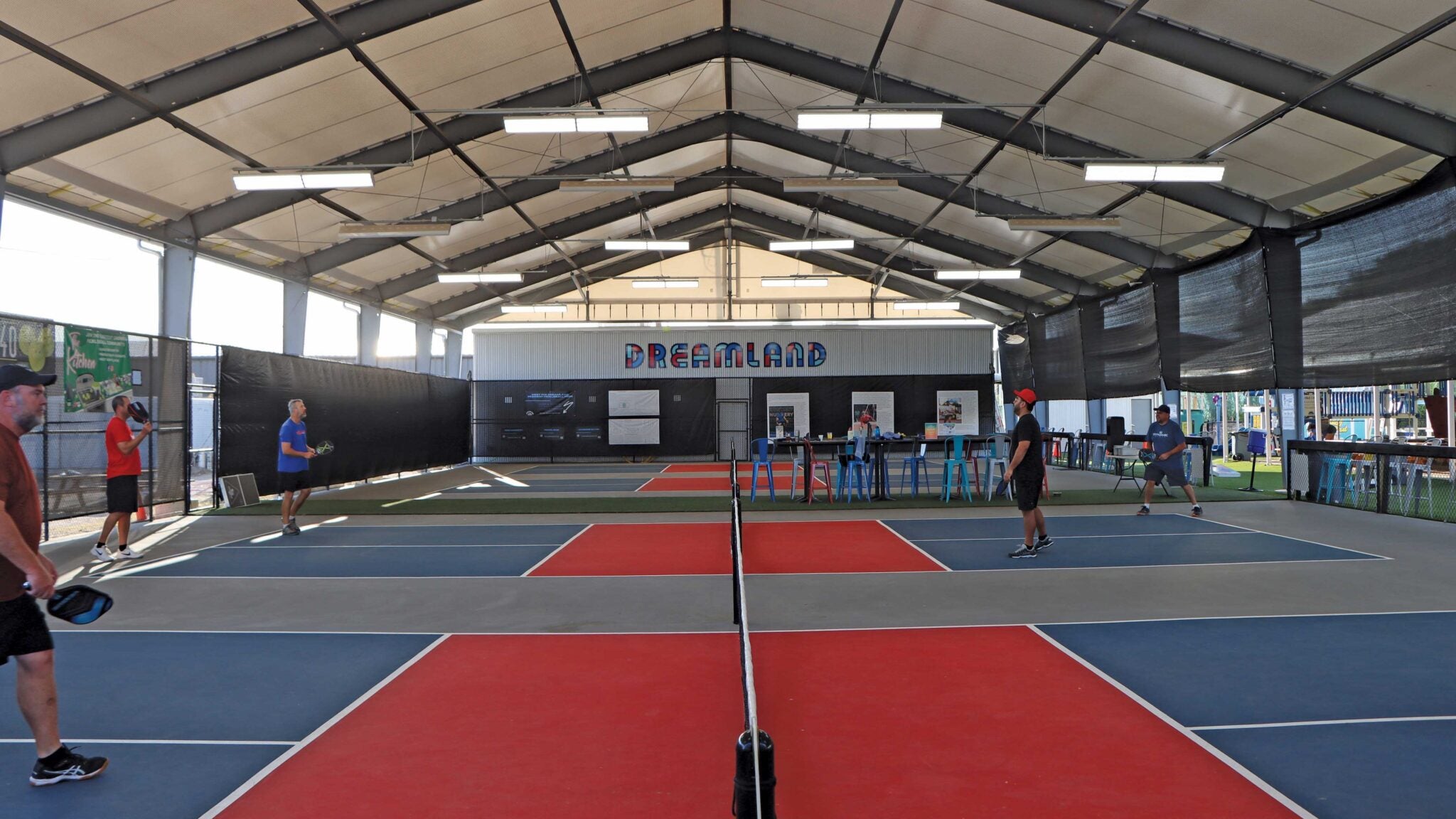Before beginning installation, thoroughly assess the installation site:
- Dimensions: Verify that the area meets the minimum dimensions for a pickleball court (standard court: 30ft x 60ft, with additional clearance recommended around the perimeter)
- Levelness: Check that the surface is level, with no more than 1/8" deviation over a 10ft span
- Drainage: For outdoor installations, ensure proper drainage away from the court area
- Obstructions: Identify and address any obstructions such as sprinkler heads, utility access points, or vegetation
- Surrounding Area: Consider access for materials delivery and installation equipment



